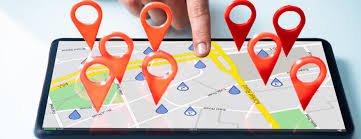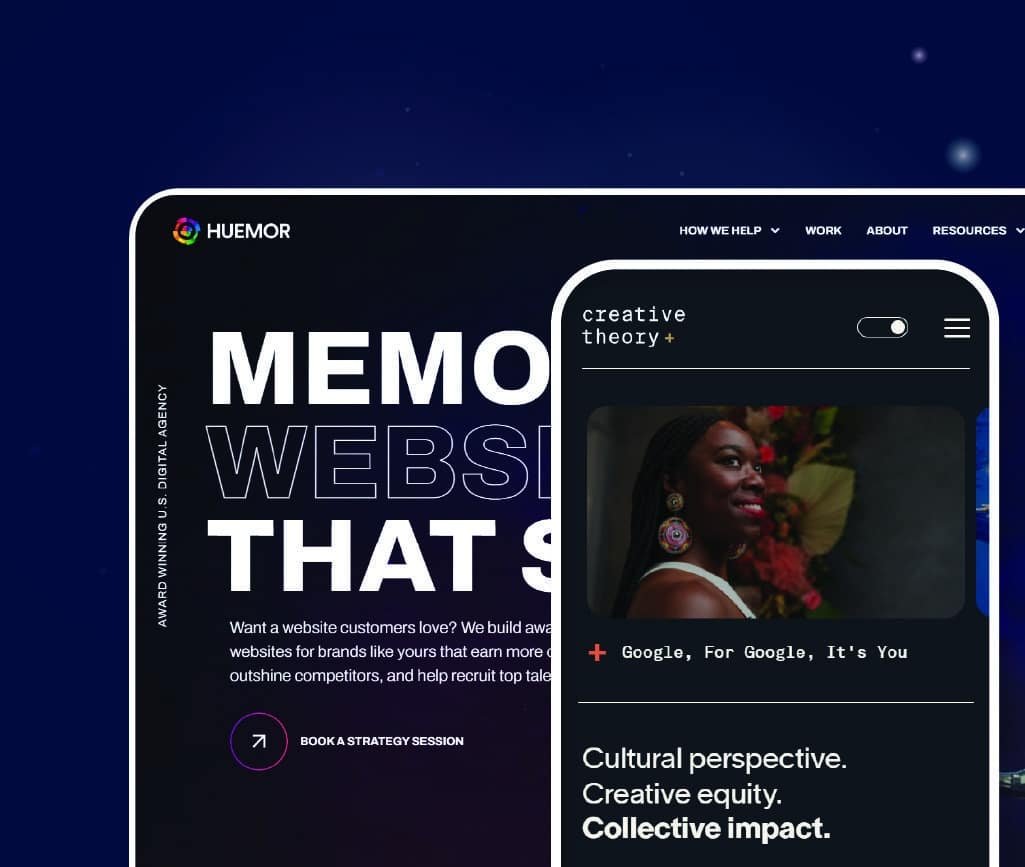How Do I Incorporate Maps into My Website Design?
Adding a map to your website is a great way to help visitors find your location or get directions. Here’s how you can easily incorporate a map into your design: 1. Use Google Maps Google Maps is the most popular option. It’s easy to integrate into your website. You can embed a map directly from Google. Here’s how: 2. Interactive Maps for Customization If you want to offer more than just a static map, you can use interactive maps. Services like Mapbox let you customize maps with your own style and features. This adds a more personalized touch to your website. 3. Add Multiple Locations If your business has multiple locations, you can add markers for each one on a single map. This makes it easier for users to find the closest branch. 4. Integrate with Contact or Location Page Make sure to add the map on your contact or location page, so visitors can easily view your address. Our Web Development team at Social Media Max can help you do this seamlessly. 5. Ensure Mobile Compatibility Since many users will access your website from their phones, ensure the map is mobile-friendly. Google Maps and interactive maps usually adjust well to mobile devices. 6. Call-to-Action Encourage users to visit your location with a call to action like “Find Us Here!” or “Visit Us Today!” Make it easy for them to click on the map and get directions. Need Help? If you’re looking to integrate a map into your website and make it user-friendly, Social Media Max is here to assist. Our Web Development team can help you add maps and other interactive features. Contact us today to get started!










